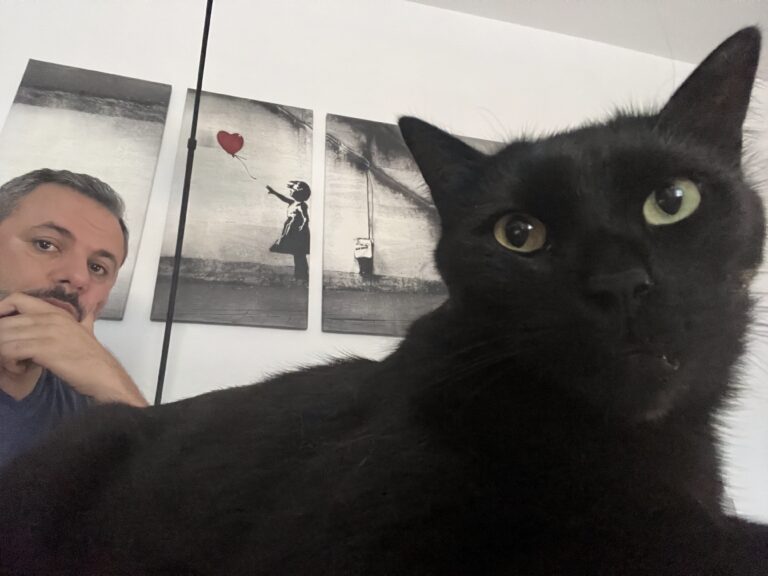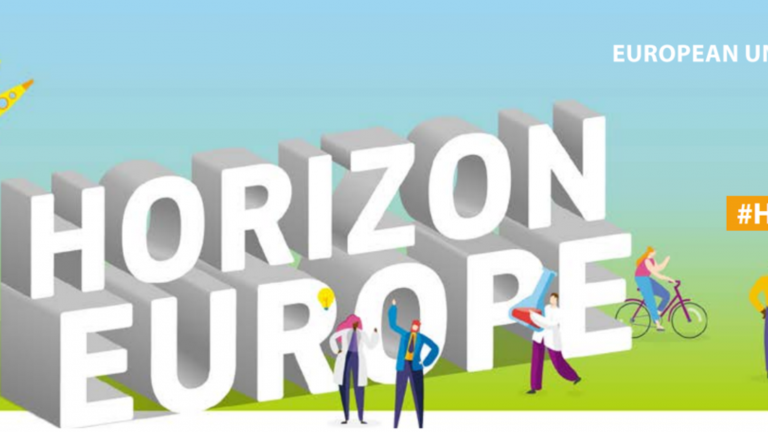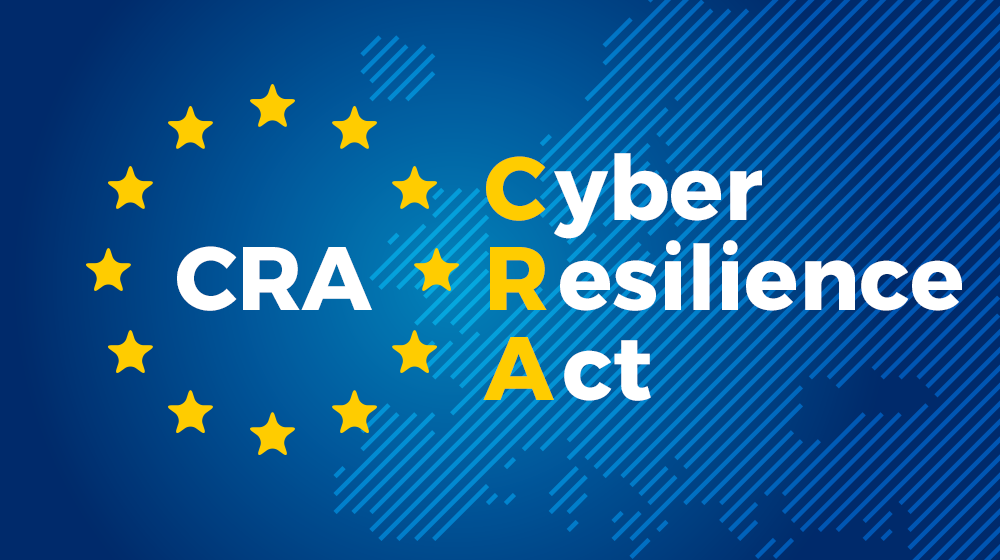The Horizon Europe programme, with its ambition to fund the most promising research and innovation projects across the continent, represents both a gateway and a gauntlet for European small and medium-sized enterprises. In its current form, the fierce competition for grants means that many capable SMEs struggle to have their voices heard. Yet there are clear, human-centered strategies that these businesses can adopt to tip the scales in their favor.
First and foremost, SMEs can lean into collaboration long before the call deadline is announced. By seeking out complementary partners (be they research institutions, fellow SMEs, or larger industrial players), they not only bolster the technical credibility of their proposal but also spread the administrative burden and financial risk. Early engagement in thematic clusters and innovation networks allows a company to fine-tune its concept against real-world challenges and to co-develop work plans that feel less like abstract bureaucratic exercises and more like joint ventures with a shared stake in success. This collaborative groundwork, coupled with targeted coaching, whether provided by national contact points or by experienced consultants, can transform an application from a solitary pitch into a persuasive narrative of collective ambition.
At the heart of any well-crafted proposal lies a clear demonstration of value: how the project will generate societal or market impact, how risks will be managed, and how results will be disseminated. SMEs that invest time in “storyboarding” their application, mapping out the journey from idea to marketplace, are far better placed to convince evaluators than those who simply tick technical boxes. Embedding milestones that tie directly to key performance indicators (e.g., revenue growth, job creation, carbon savings) turns abstract research objectives into tangible business targets and demonstrates that the company has both vision and execution discipline.
Beyond shaping stronger applications, the question of financing looms large. Syndicate funding, a model in which a lead investor assembles a group of co-investors around a single deal, has emerged as a powerful complement to grant support. To integrate this into Horizon Europe in practice, calls could be designed to explicitly welcome or even require co-financing commitments. Imagine a health-tech consortium applying for an EIC Pathfinder grant that, alongside their R&D budget, brings a syndicate of three venture funds to co-invest in downstream validation activities. Under a blended-finance mechanism, part of the grant would fund scientific exploration, while syndicate capital would underwrite scale-up and commercialization, ensuring that promising innovations do not stall once the paper is signed. This dual-track financing not only maximizes the impact of public funds but also signals to private investors that the project has already passed through a rigorous selection process, de-risking their own participation.
Governments play a pivotal role in turning these theoretical frameworks into everyday reality. At the European level, the Commission can foster blended instruments (i.e., guarantee schemes, repayable advances, co-investment platforms) that sit alongside pure grants. National and regional authorities, for their part, can smooth the path by offering tax relief on co-investment, underwriting first-loss tranches, and even convening investor pitch days where SMEs meet ready-to-deploy syndicates. In countries where such ecosystems are nascent, dedicated “innovation vouchers” or matchmaking services can catalyze relationships between fledgling companies and institutional or corporate investors. Moreover, public-sector champions who share success stories, firms that have leveraged a small Horizon Europe award into a multi-million-euro private round, help shift the collective mindset, illustrating that government support and private syndicates need not operate in isolation but can be woven together to propel home-grown technologies onto the global stage.
In practical terms, a government might host annual symposiums where finalist SMEs pitch not only to the programme’s evaluators but also to a curated pool of angels, family offices, and venture funds. Alternatively, ministries could work with Europe’s Promotional Banks to seed “syndicate co-investment funds” specifically earmarked for Horizon Europe grantees. By underwriting coordination costs and offering partial guarantees, public bodies lower the barriers for private partners to join forces, ensuring that the cutting-edge work funded by the EU does not falter at the commercialization hurdle.
Ultimately, the success of Horizon Europe for SMEs will hinge on this triad: thoughtful application strategies that humanize the proposal process, financing structures that blend public grants with private syndicate capital, and proactive government interventions that knit the two together. When each element reinforces the others, Europe’s smaller innovators stand a genuine chance not only to win awards but to transform those awards into market-shaping products and services, bringing to life the very spirit of collaborative, impact-driven research that Horizon Europe was designed to inspire.




